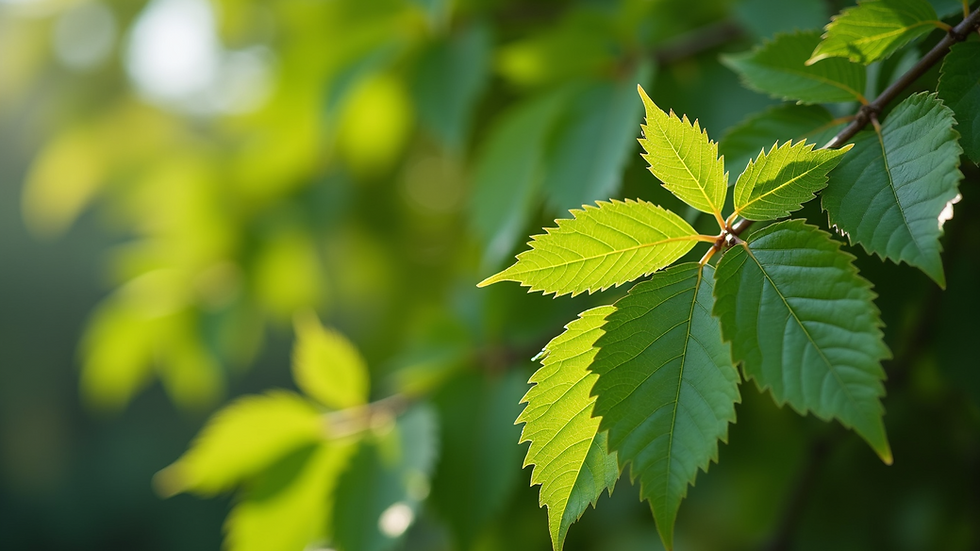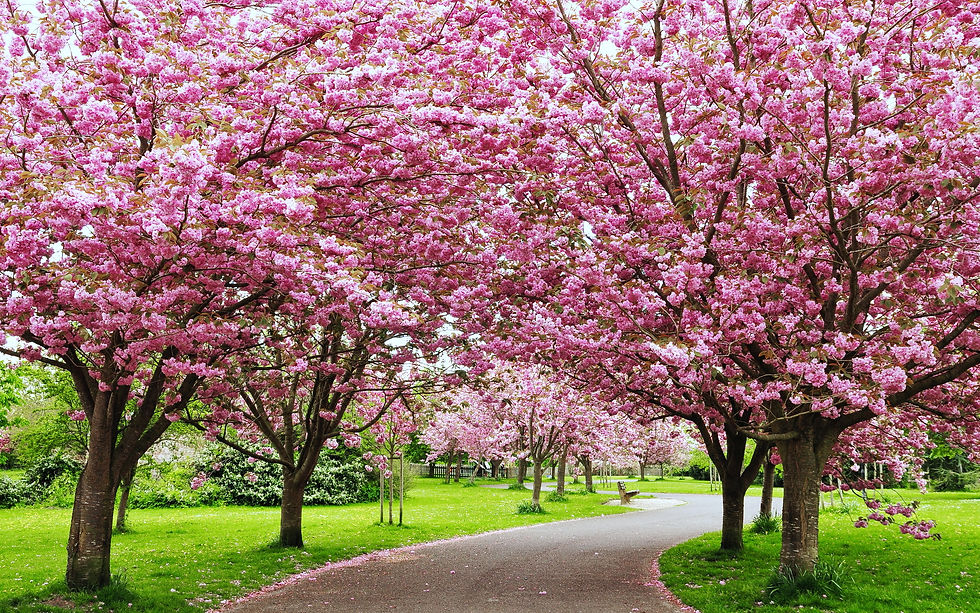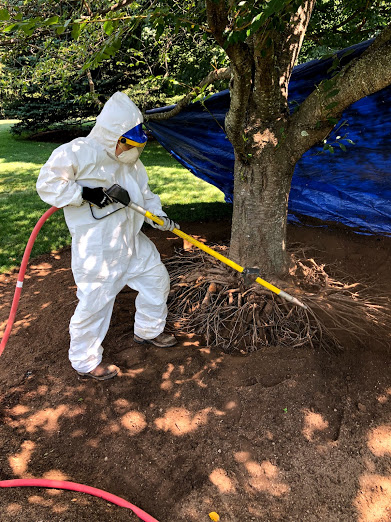How to Protect Your Trees and Shrubs: A Comprehensive Guide to Tree and Shrub Care
- Oscar Melchor
- Mar 14, 2025
- 3 min read
Updated: May 21, 2025
Keeping your trees and shrubs healthy requires knowing what they need and understanding the threats they face. As a homeowner and tree lover, you want a vibrant landscape that stays lush and free from pests and diseases. This guide will show you how to take proactive steps to protect your plants using effective strategies like spraying control, deep root feeding, tree trunk injection, systemic controls or using horticultural oil.
Understanding the Importance of Tree and Shrub Care
Your trees and shrubs face many hidden dangers. Pests, diseases, and environmental factors can quietly harm their health until it’s too late. As a responsible owner, you must take action to mitigate these risks.
Regular inspections and treatments are crucial in keeping your landscape thriving. For example, scheduling an annual evaluation with a certified arborist can help identify potential issues before they escalate. Studies show that trees receiving regular care can live up to 50% longer than those that do not.

Spraying Control: Protecting Against Pests
Pest control through spraying is a key part of tree and shrub care. Many pests, such as aphids, spider mites, and caterpillars, can quickly damage your plants. In fact, aphid infestations can cause up to 30% reduction in growth if not addressed promptly.
Timing and frequency are essential for effective spraying. It's often best to spray in the early morning or late evening when beneficial insects, like bees, are less active. Additionally, opt for organic pest control solutions when possible, as they are less harmful to beneficial organisms. A neem oil spray, for example, can effectively manage pests while being eco-friendly.
Conducting regular inspections will allow you to catch pest problems early and avoid severe infestations.

Deep Root Feeding: Nourishing Your Plants
Deep root feeding is an essential practice that helps your trees and shrubs thrive by delivering nutrients directly to their roots. This method ensures your plants receive essential nutrients efficiently, particularly necessary for trees and shrubs suffering from nutrient deficiencies due to poor soil quality.
For best results, schedule deep root feeding in the spring or fall. A study found that fertilized trees can grow 40% faster than those that do not receive adequate nutrients. A balanced, slow-release fertilizer tailored to your specific plants can significantly enhance their health.
Horticultural Oil: A Natural Protective Layer
Horticultural oil is an excellent option for protecting trees and shrubs from various pests and diseases. This lightweight oil suffocates pests like scale insects and aphids while also providing a barrier against fungal infections.
When using horticultural oil, apply it during the dormant season for most plants. This timing minimizes the risk of harm. Carefully inspect trees and shrubs beforehand to ensure you're addressing the problem areas effectively. Many gardeners have seen a reduction in pest populations by over 70% simply by using this natural product.
Scheduling Regular Inspections
While treatments are vital, ongoing management includes regular inspections. Hire a certified arborist to help identify emerging issues before they escalate. They can evaluate your trees for pest infestations, diseases, and structural issues that may compromise their health.
Creating a seasonal assessment plan allows you to monitor your plants closely throughout the year. Early intervention is key to protecting your investment and ensuring a beautiful landscape.
Pruning for Aesthetic and Health Benefits
Regular pruning is critical for your trees and shrubs' growth and appearance. Pruning removes dead or diseased branches and improves air circulation, which helps prevent fungal infections.
Collaborating with a professional arborist can help you identify the best times to prune specific plants. Some shrubs benefit from pruning after flowering, while others may need cutting back in early spring. Proper pruning can promote healthier plants and enhance the beauty of your landscape.
Be Proactive and Protect Your Plants
Protecting your trees and shrubs requires a comprehensive approach. Combining pest management, nutrient delivery, and regular care can ensure your plants thrive. By using practices like spraying control, deep root feeding, and horticultural oil, you can shield your plants from potential threats and encourage them to flourish.
Take action now: schedule a tree site evaluation with an arborist today. This proactive step will help ensure that your landscape remains lush, vibrant, and a source of pride for years to come. With the right knowledge and care, you can keep your trees and shrubs thriving long into the future.






Comments